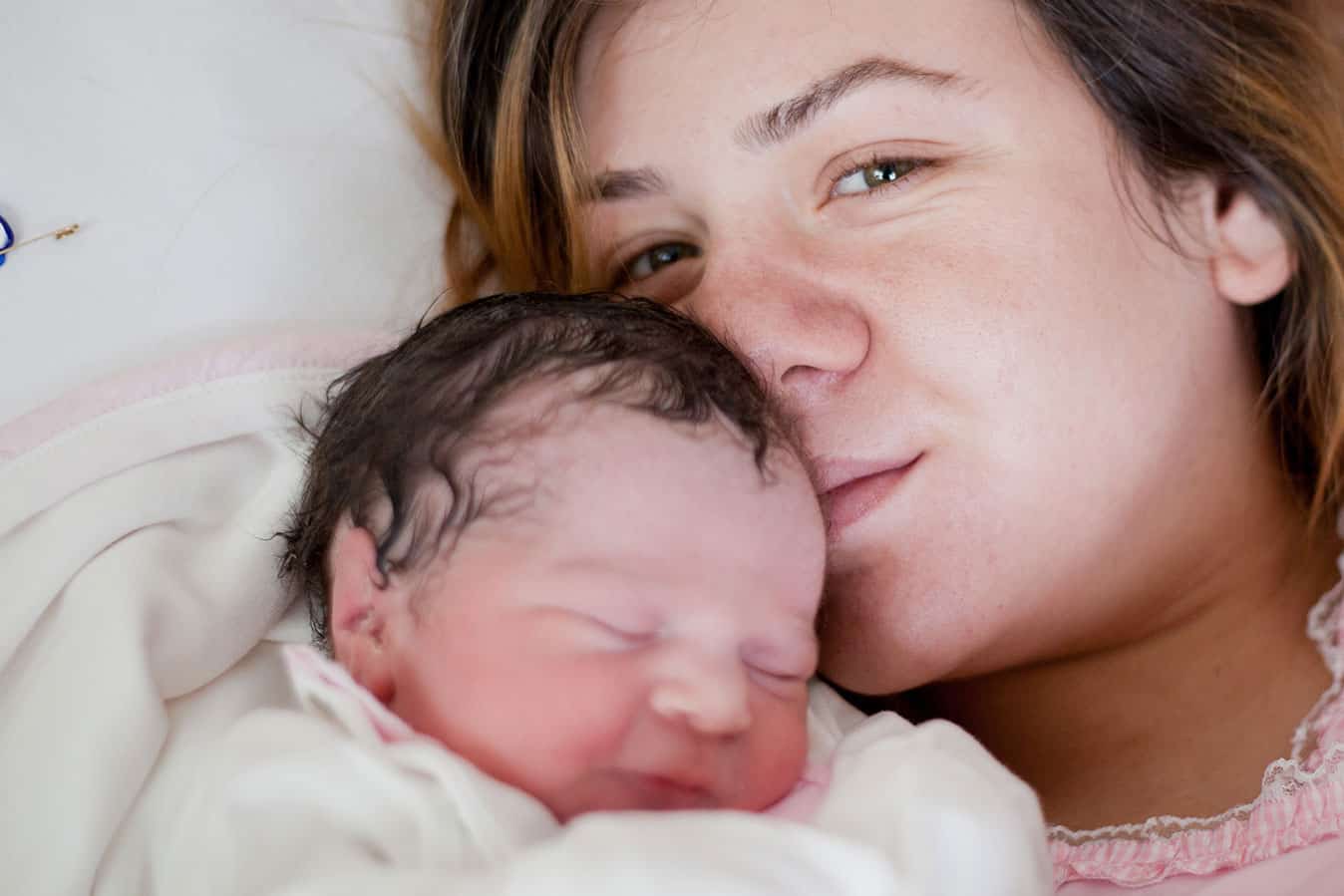Having a midwife providing continuity of care throughout pregnancy and childbirth has the most significant effect on reducing the number of planned caesareans and overall C-section rate, a new study has revealed.
The study also found following a policy of seeking second opinions on elective caesareans helped to reduce numbers and that midwifery-led care lowered the chance of an episiotomy.
Lead researcher Professor Alison Hutchinson, Co-Director of the Centre for Quality and Patient Safety Research at Deakin University’s Institute for Health Transformation, said caesarean rates in Australia had risen from 31% in 2006 to 34% in 2016, a worrying trend because C-sections without medical reasons place women and babies at greater risk of harm.
“It’s a major operation for the mother, there’s the risk of infection, a lot of pain, a slower recovery and they’re more likely to have challenges with breastfeeding,” Professor Hutchinson said.
“For the infant, if they’re delivered vaginally it helps expel fluid from their lungs as they go through the birth canal, and avoiding surgical interventions has also been shown to help with bonding and breastfeeding. If there’s a medical reason for a C-section then it should be done but it should not be done without medical reasons.”
Published in the journal BMC Pregnancy and Childbirth, the study evaluated international research on ways to reduce caesarean sections.
Professor Hutchinson said a midwifery-led model of care was not the norm in Australia despite evidence showing its improved outcomes.
“Most health services do offer these different models of care but there is significant opportunity to develop midwife-led models in Australia. At current estimates, less than a quarter of women have access to midwife-led care models. The fact is that in Australia, intervention rates are higher among women with private health insurance.”
Professor Hutchinson said her team’s research showed a midwifery-led model could help avoid unnecessary interventions and should be used as a strategy to reduce C-sections.








